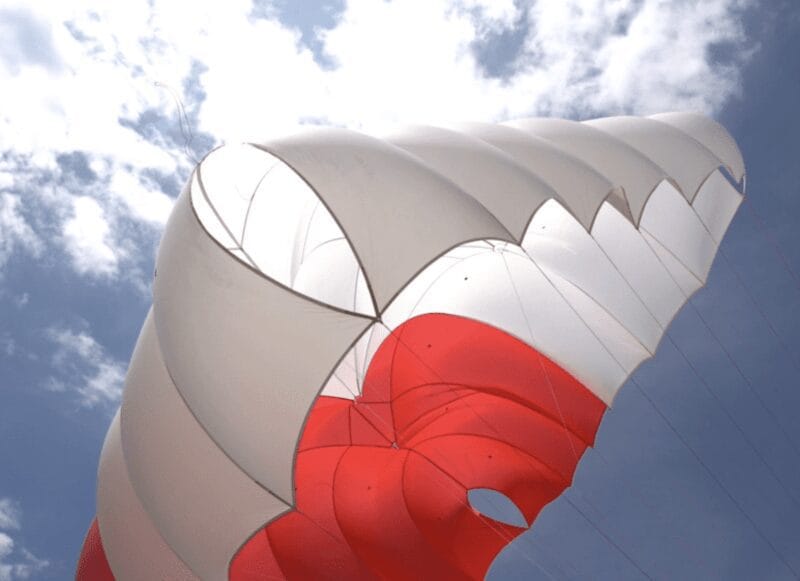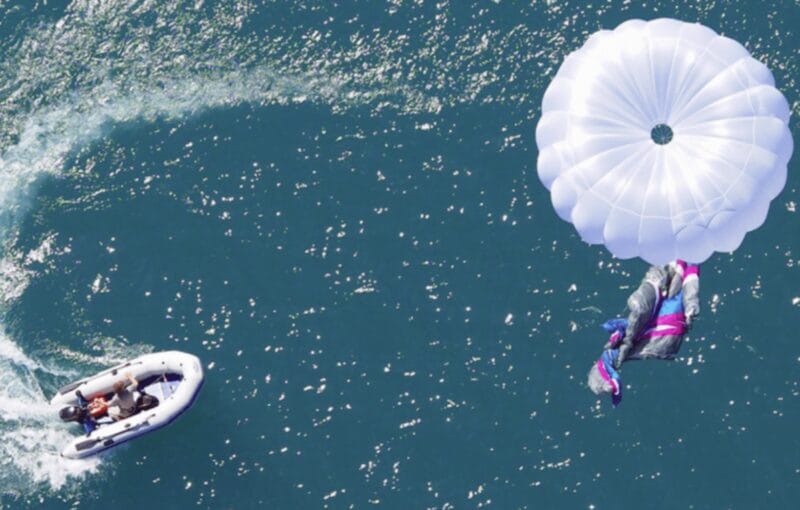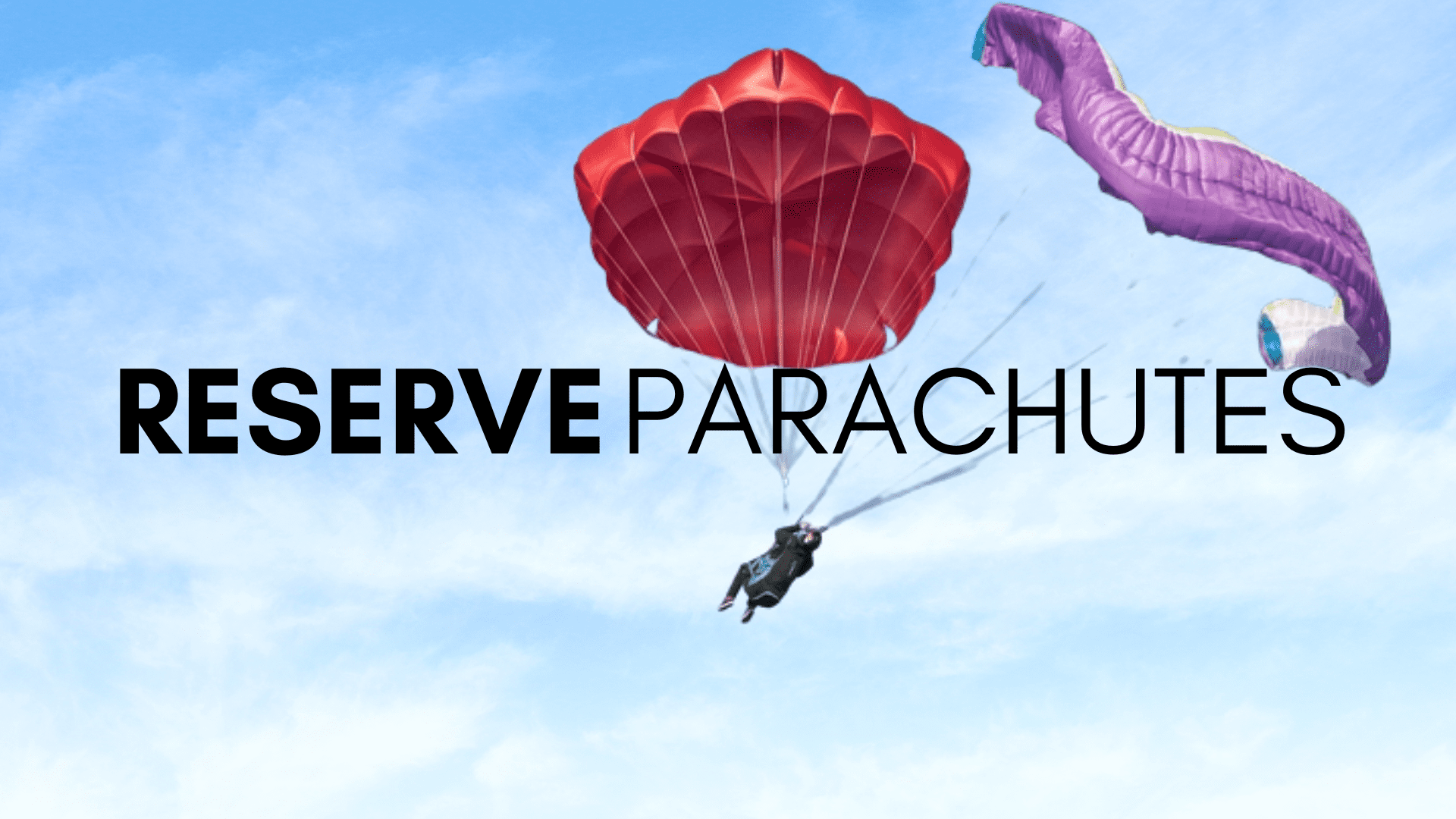
Is It Worth the Risk? How Safe Is Paragliding in 2025
Is It Worth the Risk? How Safe Is Paragliding in 2025 As you sit on the beach and look to

Paragliding, with its exhilarating freedom and breathtaking views, is an adventure like no other. But as with any airborne activity, safety is paramount. Even with the most planned out preparation and the best equipment, unexpected situations can arise. This is where understanding and knowing how to deploy a reserve parachute becomes a life or death situatiom. Here are the essentials of using a reserve parachute in paragliding in order to equip you with the knowledge to handle emergencies confidently.
A reserve parachute is a crucial piece of safety equipment designed to be deployed in case of a primary canopy failure or any other situation where normal flight cannot be maintained safely. It’s a secondary means of descent, acting as a last resort to ensure the pilot’s safety.
Primary canopy failure refers to the malfunction or collapse of the main canopy of the paraglider. This can happen due to various reasons such as turbulence, strong winds, or pilot error. When the primary canopy fails, it can lead to loss of control and potentially dangerous situations for the pilot.
It is also important to keep in mind that reserve parachutes have a maximum weight restriction, so you want to make sure you’re in the proper weight range to not be too heavy or too light. If you have the incorrect size, it will cause difficulty during deployment. Weight range varies depending on difficulty, fabric, shape, and speed of opening.
Before every flight, it’s essential to ensure that your reserve parachute is in good condition and properly packed. Regular inspections and maintenance are vital to guarantee its reliability. Familiarize yourself with your reserve parachute’s location and deployment handle. It should be easily accessible, yet secure enough to avoid accidental deployment.

Knowing when to deploy your reserve parachute is critical. While it’s rare for a paraglider’s main canopy to fail, it’s essential to be prepared for any eventuality. Signs of a malfunctioning main canopy include asymmetric inflation, uncontrollable spins, or a collapse that cannot be recovered. Trust your instincts and training—if you feel that your safety is compromised, don’t hesitate to initiate your reserve deployment.
In an emergency situation requiring reserve deployment, it’s important to remain calm and focused. Follow these steps:
After a reserve deployment, it’s essential to assess yourself for any injuries and seek medical attention if necessary. Report the incident to relevant authorities or fellow pilots to ensure proper documentation and analysis. Additionally, inspect your equipment thoroughly to determine the cause of the emergency and to prevent similar situations in the future.

While deploying a reserve parachute is a rare occurrence, it’s a skill that every paraglider pilot must master. Regular training, including simulated reserve deployments and emergency procedures, helps build confidence and preparedness for any eventuality. Stay updated on the latest safety protocols and equipment advancements to ensure that you’re always equipped to handle emergencies effectively.
Here at Let’s Go Paragliding, we have multiple brands offering reserve parachutes. This investment can significantly impact your experience, either enhancing it or causing discomfort if the wrong choice is made. Given the variety of options available across different skill levels, selecting a reserve parachute that aligns with your abilities is crucial.
Paragliding offers unparalleled freedom and excitement, but safety should always be the top priority. Understanding how to use a reserve parachute and being prepared for emergencies can make all the difference in ensuring a safe and enjoyable flying experience. By familiarizing yourself with your equipment, staying vigilant during flights, and maintaining a commitment to ongoing training, you’ll be well-equipped to handle any challenge that comes your way.
Fly safe, and enjoy the skies!

Is It Worth the Risk? How Safe Is Paragliding in 2025 As you sit on the beach and look to

How Much Does a Paraglider Cost? A Realistic Breakdown for Every Budget Are you dreaming of taking off with nothing

Choosing the Right Reserve Parachute: A Comprehensive Guide Paragliding is an absolutely amazing experience! It is an exhilarating sport that
No account yet?
Create an Account